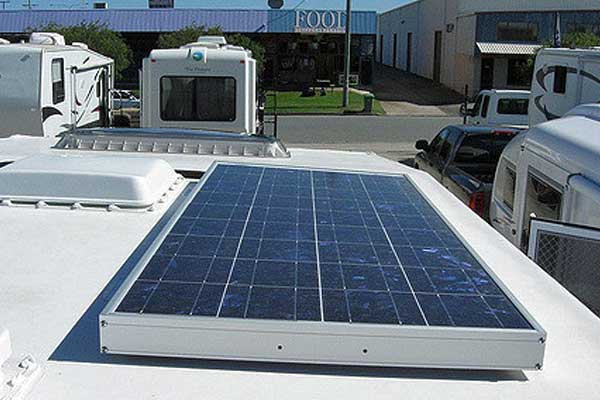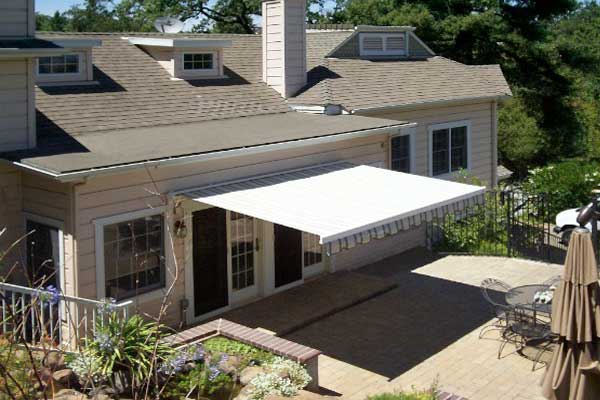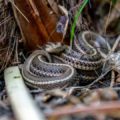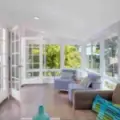Last Updated:July 07, 2025
How to protect your solar panels from pigeons and other pests
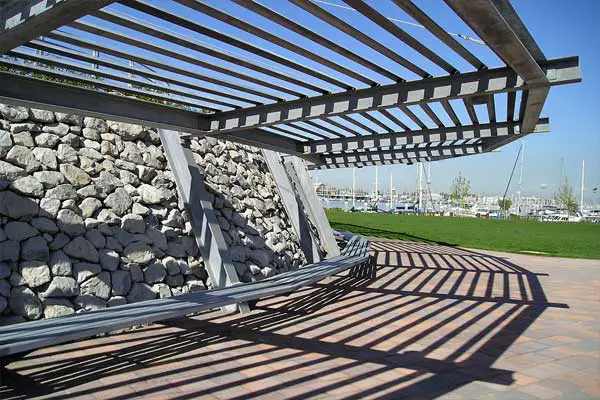
Solar panels are an amazing invention to help lower your monthly energy bill. But one issue that people never think about before installing them is how to deal with pigeons, rats, mice, and squirrels that decide to make a home under the solar panels.
The large glass panel creates a perfect environment for the animals to escape the heat of the afternoon sun. When your roof becomes the primary hangout for all the critters, you will soon be faced with a huge amount of poop on your roof and solar panel which can lower their electrical output.
Also, they can pose a real threat as rats, mice and other mammals may chew through the wiring which could cause an electircal fire. Thankfully, this is not a new problem, and some very smart people have found a solution and created a product to solve this. We’ll share their approach below.
Install Bird Mesh
Bird mesh is metal mesh fencing that goes around the solar panels. It is covered in UV-resistant plastic that won’t get damaged from the heat on the roof or the sun’s rays. It comes in either 4″ or 6″ wide rolls. The rolls are normally between 50′ and 100′. Instead of writing a long description of how to handle the mesh, I found a great video on YouTube that I’ve included in this post.
The mesh is designed to be cut to fit when it is being installed, and we recommend getting 10% more than you think you will need. We’ve included a link to a similar bird mesh below..
For the most part, we don’t find a huge difference between brands of mesh. In our research, the primary distinction between the brands is the clip that attaches the mesh to the solar panel.
Plastic Circles – These are our least favorite connectors. They will attach the mesh to the solar panels, but in some cases, you may need to drill holes in the solar panel which can void the manufacturer warranty. Also, we don’t find them to fit as snugly as the clips that slide under the racks.
Plastic Clips – The middle option is a plastic clip that slides under the rack of the solar panel. They have a long tail that can circle back like a zip tie. We find these to create a really tight bind to the solar panel itself as well as being able to securely hold two pieces of the mesh together.
Aluminum Clips – The strongest option is aluminum clips. We find their design to be to the plastic clips, but they work by having a one-way valve so the clasp can only slide tighter and not looser.
We find the metal clips to be the best option as they are the most resistant to being chewed by mice or rats. The price difference between the plastic and metal clips is such a small component to the overall cost of the mesh install, that we lean towards going with the strongest connectors.
For planning purposes, solar panels are roughly 65″ long and 40″ wide so you should be able to measure the amount of mesh you’ll need. We recommend drawing the design of your solar panels out on a piece of paper and using that as a baseline when deciding how much mesh you’ll need.
On that note, this is not a beginner DIY-friendly project. We recommend either hiring a company that will do the entire job or hiring a handyman who is willing to install the bird mesh with you providing the supplies.
Before buying the mesh, you will need to buy either the 4″ or 6″ mesh. If you are unsure of the distance between the roof and the solar panel, you can go with the 6″. It will be slightly more expensive, but if it turns out to be 4″, you can fold the top of the mesh over to double it up. Having the double-thick mesh at the top will only strengthen it and make it less likely that a squirrel or rat can push its way through.
Install Pigeon Spikes
We’ve written a full guide to pigeon spikes which we recommend as an option for gutters. For a larger area, we don’t find spikes that useful as a deterrent for pigeons or birds around the whole panel, but they can be a great option if you have electrical components that you want to keep pests away from. They can be a wonderful solution around a separate electrical component box.
Have an owl statue
Many homeowners who live in the city aren’t aware of the fake owl statues that you can put in and around your home. Birds and other pests will avoid being anywhere near owls because they are predators.
The owl doesn’t need to be that realistic as the rats, mice, and pigeons won’t get close enough to investigate whether or not it’s real.
An other option that does an amazing job as a rat and mice deterrent is one or two rubber snakes. I do not mean the super cheap toy snakes that you see in a Walmart. There are realistic looking rubber snakes that are used as props in the garden to scare away pests. You can also attach them to the top of your roof to scare away any rats, mice or squirrels that get up.
One of the advantages of the rubber snakes over the owl statue is that they don’t protrude or impact with the outline of the home. On a darker shingled roof, they would be hard to see from a distance. For homes that have solar panels, there is a spot just above the panels that are make great places to put the rubber snake since it will be very difficult to see from the road or sidewalk.
Note even high quality rubber snakes don’t have an indefinite lifespan on your roof. The heat can cause them to melt so this is something to take into consideration as it may not be the best option for someone that lives in Arizona or Texas. If you’re interested in a rubber snake, I’ve included a link to one here:
Give the birds a better place to roost
We have several fruit trees and large privacy that birds are fully welcome to use. We even got excited when we found a small bird’s nest in our orange tree. Remember, even if you do fully block off all the solar panels, there will still be other parts of your roof that the birds can make their home.
The birds are just looking for a safe place to sit to rest and maybe get out of the hot sun. Instead of feuding with the birds, it’s easier just to have a place they’ll go when they are on your property.
Keep your trees trimmed and away from your home
We keep all our trees trimmed so that the branches don’t get within 6′ of the house. This doesn’t matter for birds since they can fly, but it will keep cats, rats, mice, and squirrels from getting on your roof.
If you have ever had roof rats, you’ll understand this, and you will become very aggressive about keeping branches from near your home.
Keep your yard and garden trimmed
Long grass and unkempt gardens will attach bugs, and these become a dream buffet for birds and other predators. Worse yet these insects also attract scorpions, spiders, and snakes.
I’m not suggesting that you need a pristine yard, but you simply want to keep your grass mowed to a proper height. You want to make sure that you don’t have any fruits and vegetables that have fallen to the ground and rotten.
Also, be cognizant if you feed your pets outside as spilled food will also attract insects, rats, and mice. Ultimately, you want to make your home and its surrounding area as uninteresting as possible.
Keep your solar panels clean
We live in Arizona where we get very little rain most of the year. For us, it makes sense to spray off solar panels with a garden hose about twice a month. This will remove the dust and debris before it sets and gets baked onto the solar panels.
By doing a quick spray of the panels with your hose, you will keep them working at a higher capacity in between professional cleanings.
On that note, we recommend hiring a professional company to clean your solar panels. This is work that would need to be done on the roof, and it’s something far beyond what we think even expert DIY homeowners should be attempting.
Professional companies will know how to properly clean the panels without damaging them while keeping themselves safe in the process. While we like sharing tips and tricks for homeowners to save money with DIY projects, this is not one of the places we would suggest trying the DIY options.
Wrapping up
So that’s our 7 tips to help you keep your solar panels safe from pigeons, birds, rats mice, and other animals. If you have more ideas that you’d like to share with the community, we’d love to hear from you. Solar panels and their maintenance are a little far out of our expertise. We normally do DIY projects around the home, especially for patios and backyards. We also do a lot with awnings and other shade structures which is where our blog started.

